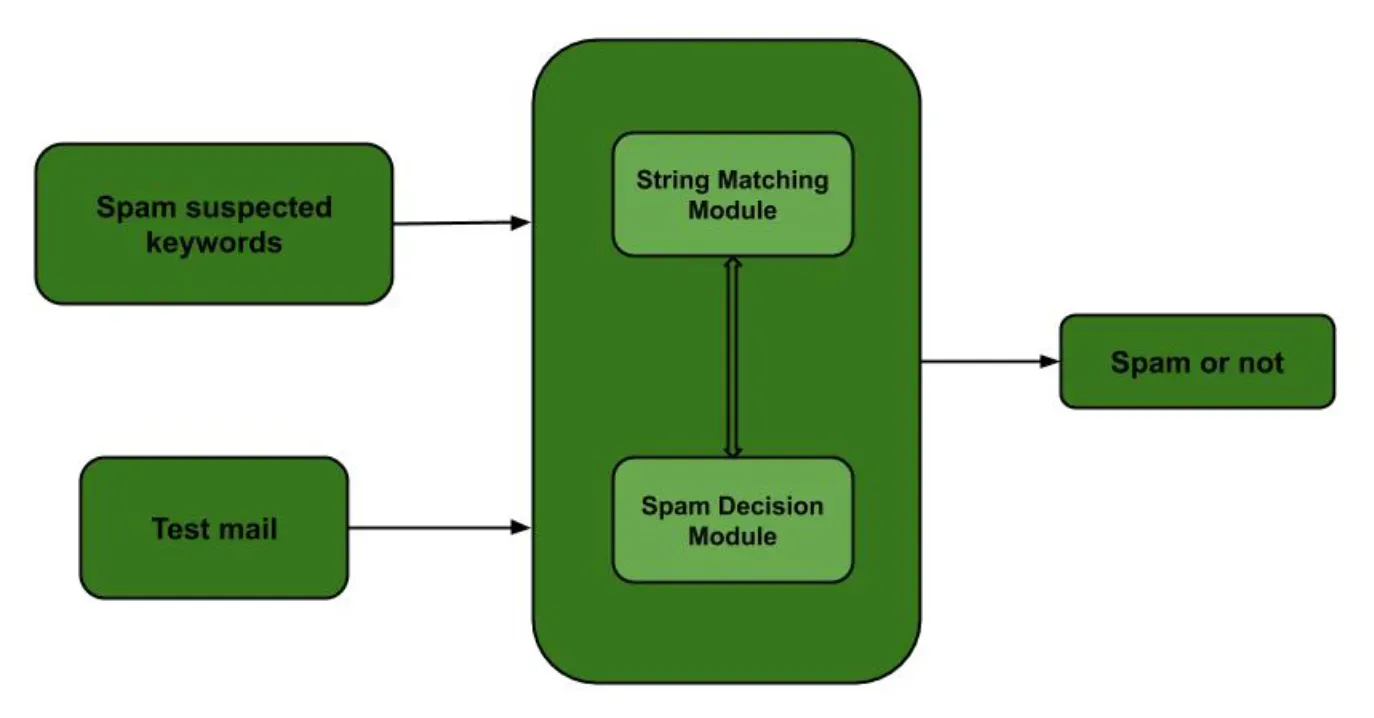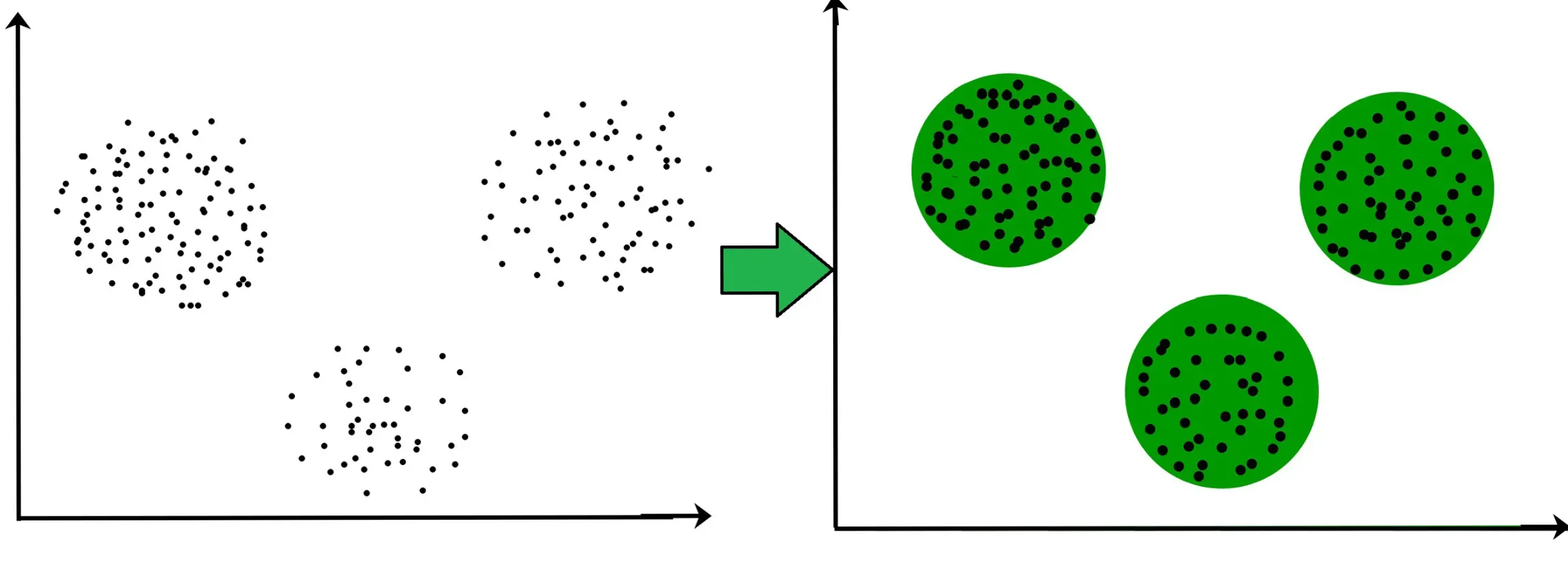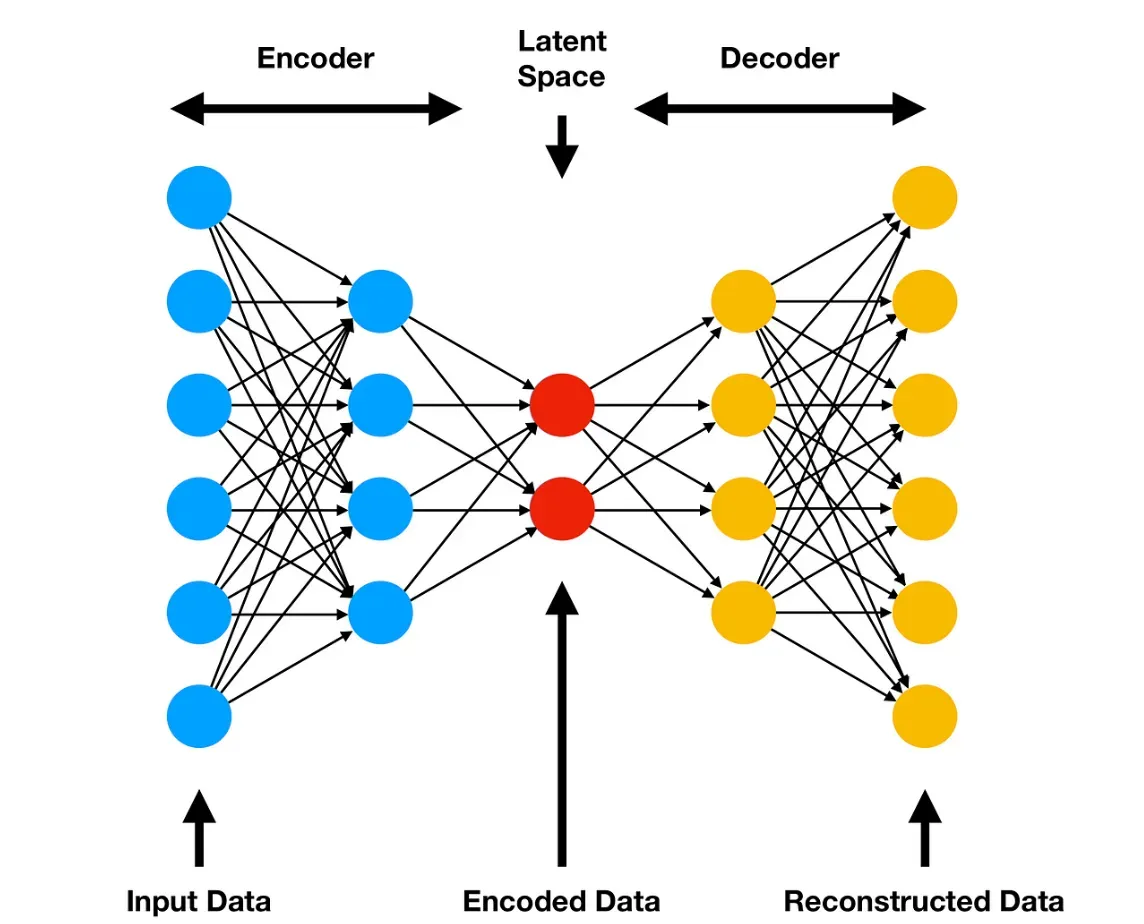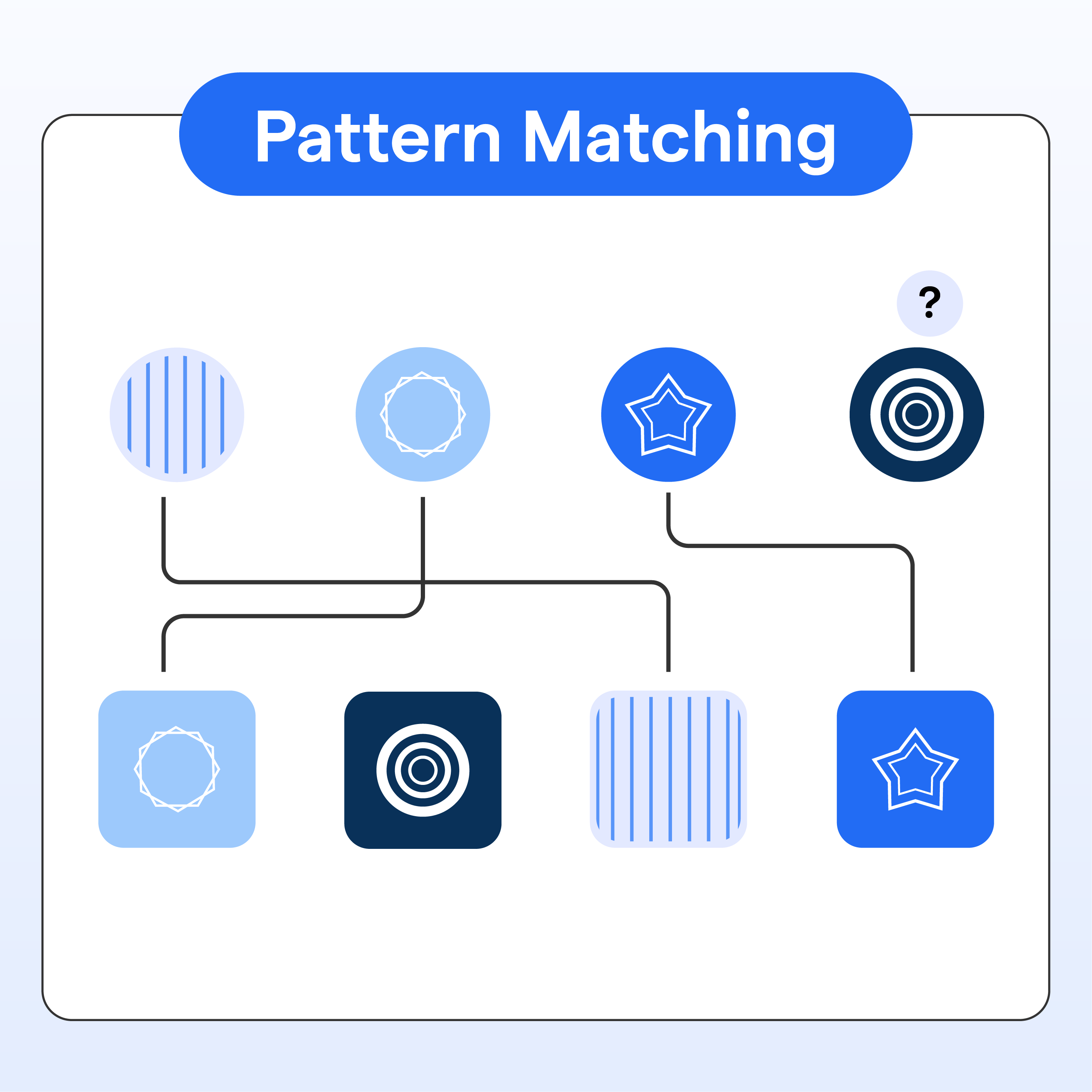What is Pattern Matching?
Pattern Matching is a computational technique used for searching and identifying specific patterns or structures within data, such as text, images, or other types of data.
Driving Factors of Pattern Matching
Having established a basic understanding of pattern matching, let us assess the forces that drive its use and importance.

Problem Solving
Pattern matching is a core component of problem solving in many areas. It helps decipher patterns in data to detect anomalies, identify relationships, and create models for predictions.
Data-Driven Decision Making
With the increasing importance of data-driven decision making, pattern matching has become an essential tool for aiding many critical decisions in business, science, and technology.
Key Techniques in Pattern Matching

Pattern matching thrives on various techniques and methods. Let's delve into some common approaches utilized for pattern matching tasks.
String Matching
String matching is applied to search for specific subsequences or patterns within strings of characters.
It is often used in text processing, searching, and natural language processing tasks.
Regular Expressions
Regular expressions provide a flexible and concise way to represent patterns in text.
By defining simple rules, regular expressions can match multiple variations of a pattern in text and extract the needed information.
Implementing Pattern Matching
Incorporating pattern matching methodologies into applications requires an understanding of key factors influencing the choice of technique and considerations impacting implementation.
Choosing the Appropriate Pattern Matching Technique
The choice of pattern matching technique largely depends on the nature of the data in question and the desired outcome.
Factors such as data size, structure, and the complexity of the pattern may influence the choice.
Data Representation and Preprocessing
Before pattern matching, it is crucial to represent the data appropriately and preprocess it to remove noise or transform it in such a way that the patterns become more easily detectable.
Applications of Pattern Matching

Validating the value and versatility of pattern matching are its diverse applications. Some of the most notable and widely observed are highlighted below.
Text Mining and Information Extraction
In text mining, pattern matching is used to find relevant information from large datasets, such as finding specific names, dates, or phrases within a document corpus.
Computer Vision and Image Analysis
Pattern matching plays a critical role in computer vision and image analysis, where algorithms identify shapes, objects, or features within images based on predefined templates or learned patterns.
Bioinformatics and DNA Sequencing
In bioinformatics, pattern matching is used to identify specific sequences or motifs in DNA, RNA, or protein data.
It aids in the understanding of gene functions, disease mechanisms, and drug targeting.
Limitations and Challenges in Pattern Matching
As with any field, pattern matching is not without its challenges. Let's examine some well-known limitations.
Variability in Patterns
Patterns may not always appear in an easily recognizable or consistent form. Variations in shape, size, and orientation can create challenges in identifying patterns.
Noise and Distortion
Noise and distortion in the data can make pattern recognition a challenge.
Preprocessing the data to remove noise and adjusting for distortion is often necessary to improve pattern matching accuracy.
Comparing Pattern Matching with Similar Techniques
To comprehend pattern matching in perspective, let's compare it with other techniques often used for similar data processing tasks.
Pattern Matching vs Clustering

While pattern matching aims to identify specific structures or patterns within the data, clustering seeks to group similar data points based on their similarity or proximity without prior knowledge of patterns or structures.
Pattern Matching vs Feature Extraction

Feature extraction involves creating a compact representation of the data by identifying its most important characteristics.
Pattern matching, on the other hand, focuses on searching for predefined patterns or structures within the data.
With a comprehensive understanding of pattern matching—from its definition and application to its limitations and future prospects—we have explored the topic in depth.
Offering valuable insights and strategies for a wide range of domains, pattern matching remains a crucial technique in the world of data analysis and processing.
Frequently Asked Questions (FAQs)
Can you explain what pattern matching is?
Pattern matching refers to the process of searching for specific sequences or structures within a given dataset. It helps identify patterns, extract information, and perform tasks like searching, parsing, and data validation.
Why is pattern matching important in computer science?
Pattern matching is crucial in computer science as it allows efficient searching and retrieval of information, helps analyze data by identifying meaningful patterns, and enables tasks such as parsing and data validation.
In which applications is pattern matching commonly used?
Pattern matching is commonly used in applications such as search engines, information retrieval systems, data analysis, text processing, data validation, and parsing.
What are the benefits of using pattern matching?
Using pattern matching allows for efficient retrieval of relevant information, accurate data analysis, extraction of valuable insights, improved search functionality, and reliable data validation.
What are some examples of pattern matching algorithms?
Some examples of pattern matching algorithms include regular expressions, string matching algorithms (e.g., Boyer-Moore), tree pattern matching algorithms, and pattern matching libraries like Apache Lucene or Python's re library.

